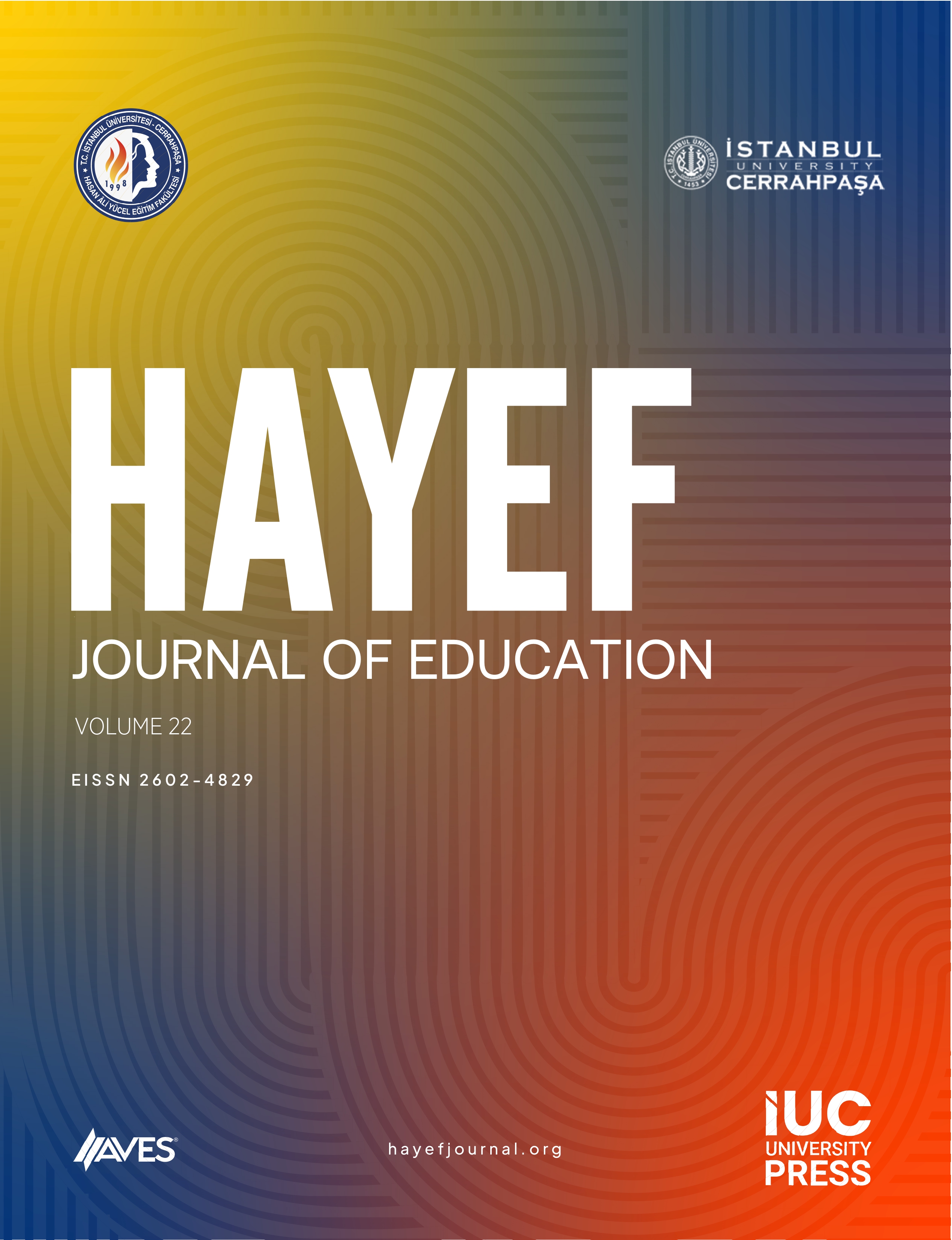Cinematography has been utilized for the purposes of social as well as cultural-historical transmission since late 17th century. The benefits that motion pictures provided during World War I drew attention to the educational aspect of cinema. In the United States and in Europe, motion pictures search committees were founded, several projects designed, and the benefits of the films from pedagogical aspects as well as their limitations determined. When the research yielded data supporting the benefits of moving pictures, the companies producing educational films were established, film catalogues, academic publications and teacher’s manuals published, and symposia were held on the relevant issues. The technological infrastructure required for the films to be used in classes was made ready within a short period of time. The use of cinematographic films for the purpose of education in Turkey is limited to fewer showings made without a scientific point of view. Such problems as the restrictions on the budget allocated for education, limitations on the technological infrastructure in schools, limited film archives, insufficient research on the subject, and inadequacies in teacher training programs have all hindered the effective use of the instructional technique of teaching with films. Drawing upon the research done in the United States and Europe, the present paper aims to show the position of Turkey in the use of that instructional technique and what needs to be further done in that respect.



